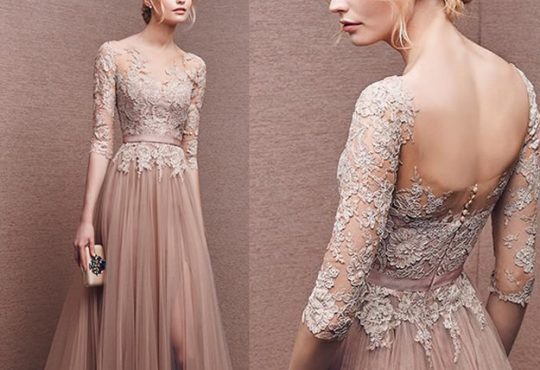Corsets and Waist Reduction
By wearing a tightly-laced corset for extended periods — a practice known as tightlacing — men and women can learn to tolerate extreme waist constriction and reduce their natural waist size. Tightlacers usually aim for 40 to 43 centimeters (16 to 17 inch) waists. The Guinness Book of World Records records two instances of women reducing to 15 inch waists: Ethel Granger and Cathie Jung. Other women, such as Polaire, also claim to have achieved such reductions.
These are extreme cases. Corsets were and are usually designed for support, with freedom of body movement an important consideration in their design. Present day corset-wearers usually tighten the corset just enough to reduce waists to dimensions that range from 18 to 24 inches.
Corsets and Corset Comfort
Moderate corset lacing is not incompatible with vigorous activity. In fact, during the late nineteenth century, when corset wearing was common, there were sport corsets specifically designed to wear while bicycling, playing tennis, or horseback riding, as well as for maternity wear.
Many people now believe that all corsets are uncomfortable and that wearing them restricts women’s lives, citing Victorian literature devoted to sensible or hygienic dress. However, these writings were most apt to protest against the misuse of corsets for tightlacing; they were less vehement against corsets per se. Many reformers recommended “Emancipation bodices”, which were essentially tightly-fitted vests, like full-torso corsets without boning.
Most modern day corset-wearers will testify that corsets can be comfortable, once one is accustomed to wearing them. A well fitted corset should be very comfortable. Women active in the Society for Creative Anachronism and historical re-enactment groups commonly wear corsets as part of period costume, without complaint.





